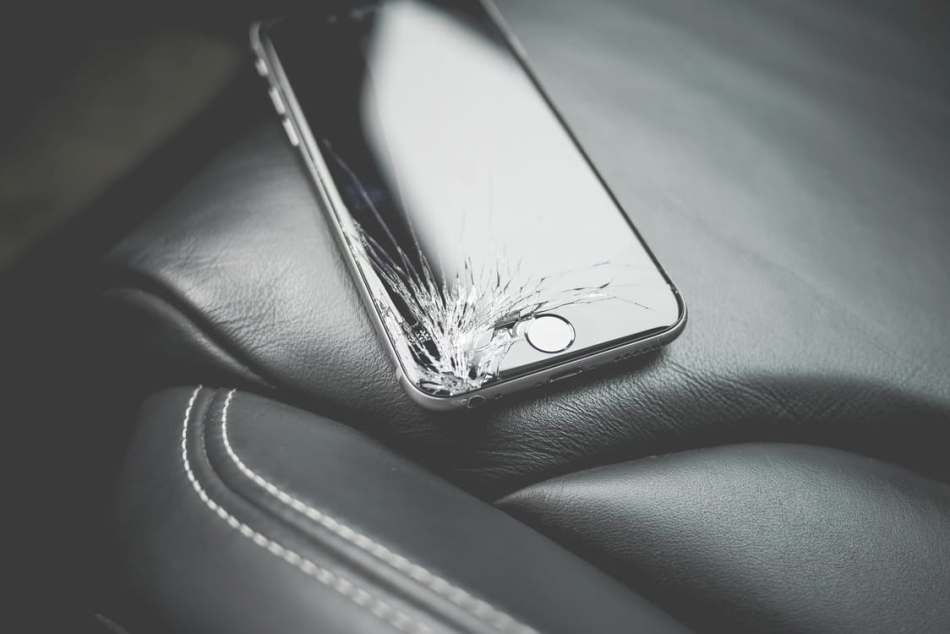May 4 2017
While smartphones continue to get increasingly sophisticated and resilient, the same cannot be said about the display screen. The Gorilla Glass cover used for most high-end cell phones tends to shatter easily, leaving owners with little choice but to pay for an expensive replacement screen or buy a new device altogether.
However, this issue may soon be a thing of the past thanks to a new self-healing, Wolverine-inspired material which automatically repairs itself within 24 hours.
 Photo Credit: Pexels CC0
Photo Credit: Pexels CC0
Dr. Chao Wang, the leading researcher of the UC Riverside team who developed the material, says, “When I was young, my idol was Wolverine from the X-Men. He could save the world, but only because he could heal himself. A self-healing material, when carved into two parts, can go back together like nothing has happened, just like our human skin. I’ve been researching making a self-healing lithium ion battery, so when you drop your cell phone, it could fix itself and last much longer.”
Cell phones with self-healing technology is not a new concept — the LG smartphone model G Flex 2, released in 2015, already has a self-healing back panel which can repair everyday scratches within minutes. However, the material is held together by hydrogen bonds that are unable to conduct electricity and hence unsuitable for display screens, given that most smartphones rely on a grid of electrodes underneath the screen. When the human finger touches the screen, a tiny electrical charge transfers to the finger to complete the circuit and tells the phone what you are trying to accomplish.
To overcome the shortcoming, the UC Riverside team turned to a different kind of chemical bonding. Called ion-dipole interaction, it is a type of intermolecular force between fully charged ions and partially charged polar molecules.
For their self-healing material, the researchers selected salt ions and a transparent polymer that can be stretched to 50 times its normal size.
To see if it worked, the scientists tore it in half. Sure enough, the dynamic bond between the ions and polymer molecules caused the torn parts to align themselves back to their original configuration within a day.
To test the material’s conductivity, the researchers created an “artificial muscle” by placing a non-conductive membrane between two layers of the newly created material. When an electric current was applied, the “artificial muscle” responded by moving, similar to how the human bicep moves upon receiving a signal from the brain.
Wang, who presented his research at the 253rd National Meeting & Exposition of the American Chemical Society (ACS) on April 4, says, “Ion-dipole interactions have never been used for designing a self-healing polymer, but it turns out that they’re particularly suitable for ionic conductors.”
The team now plans to work on improving the properties of the polymer so that is it durable even when exposed to harsh external conditions such as high humidity. According to Wang, previous self-healing polymers have not held up well when exposed to moisture, and therefore, not been useful for real-world applications. The optimistic researcher believes that self-healing cell phone screens will be a reality within just three years! We sure hope he is right!